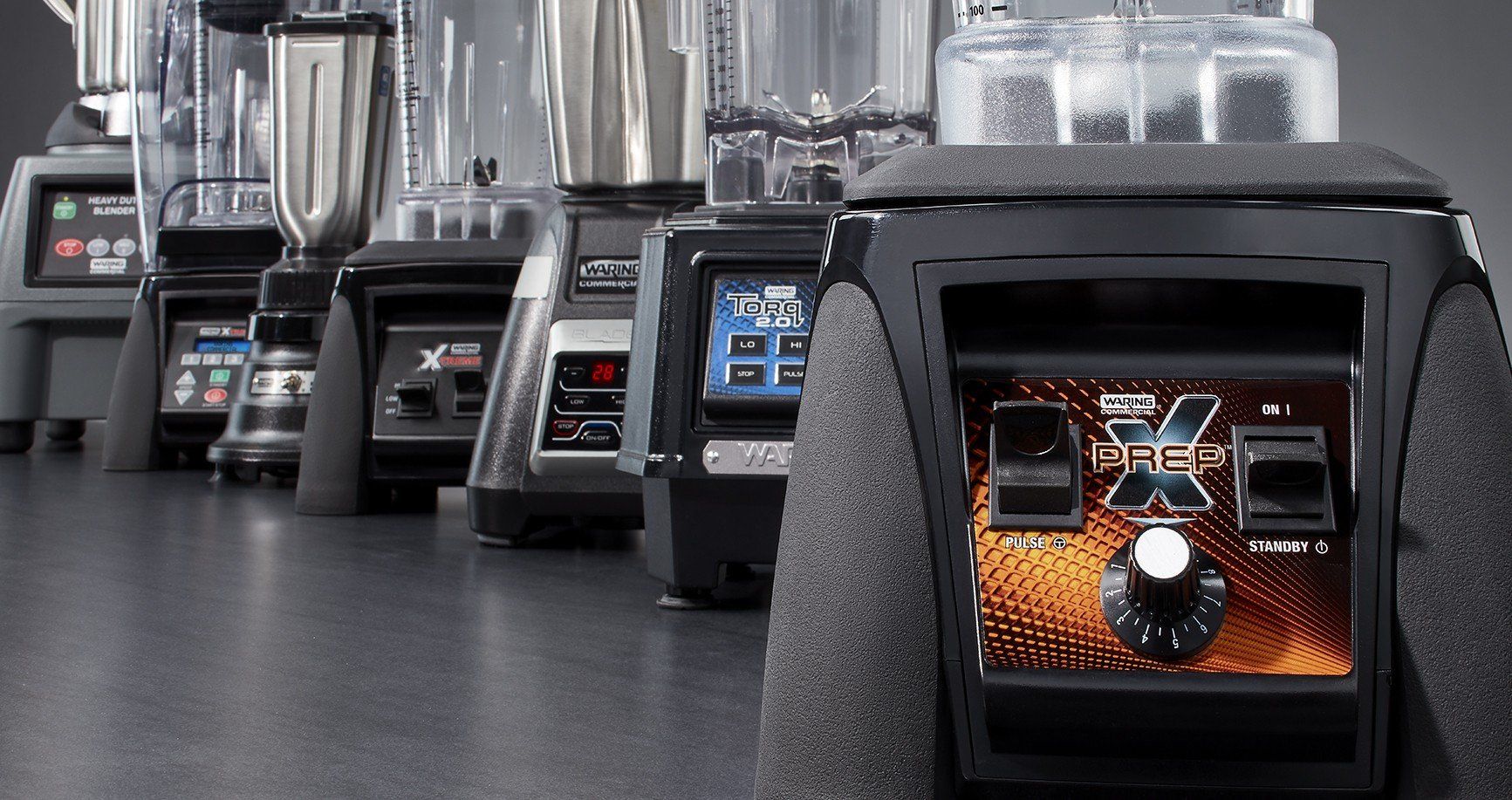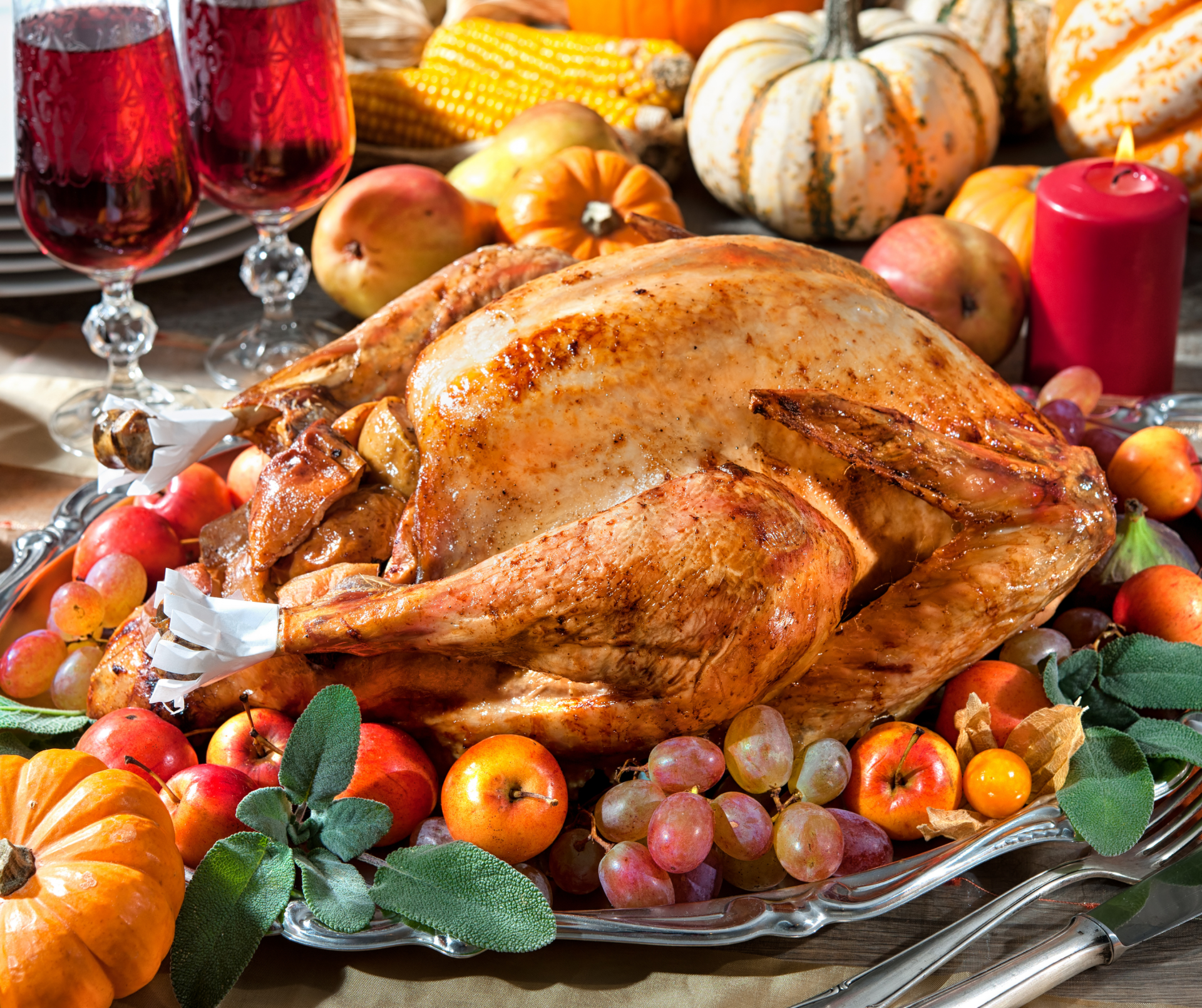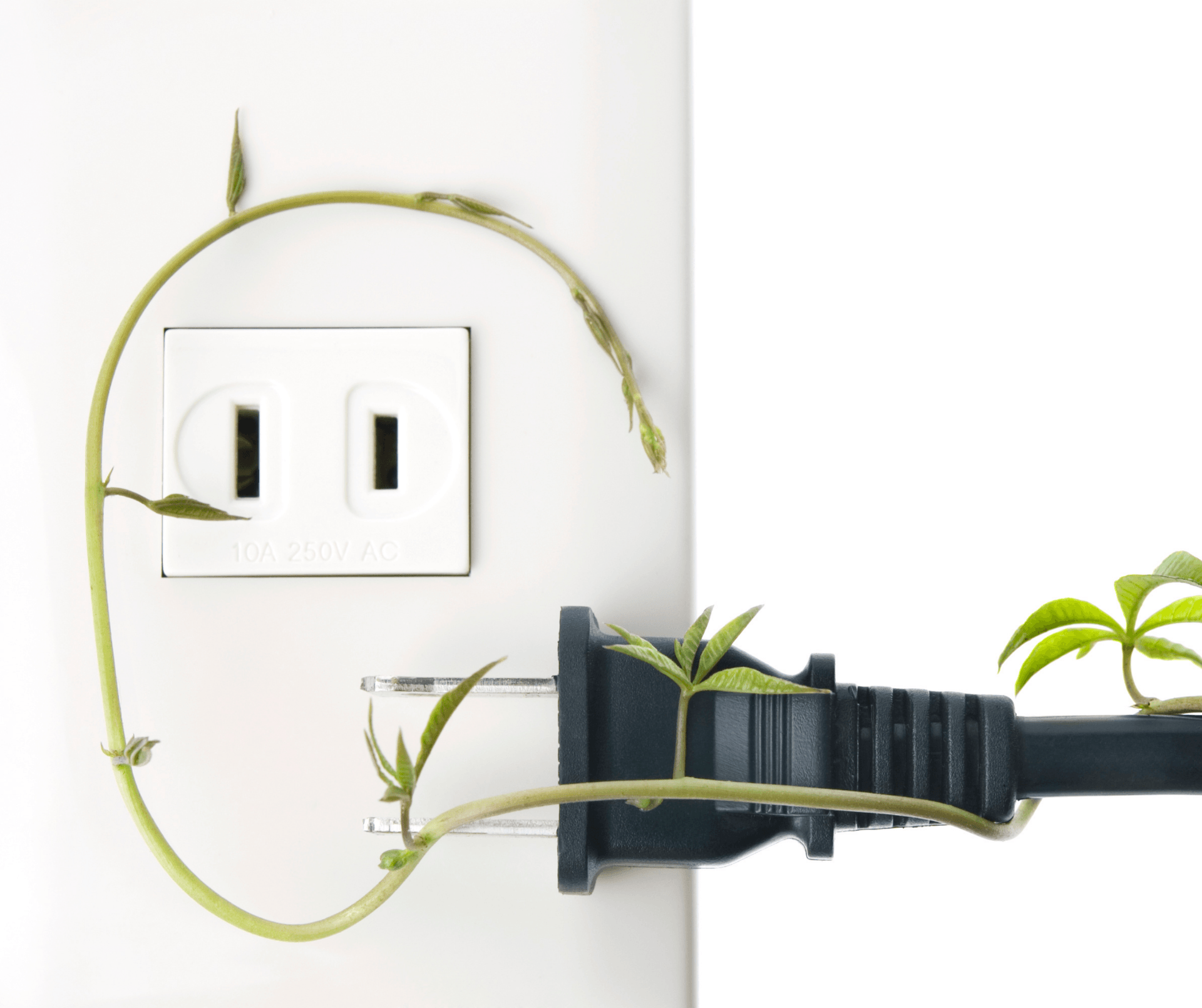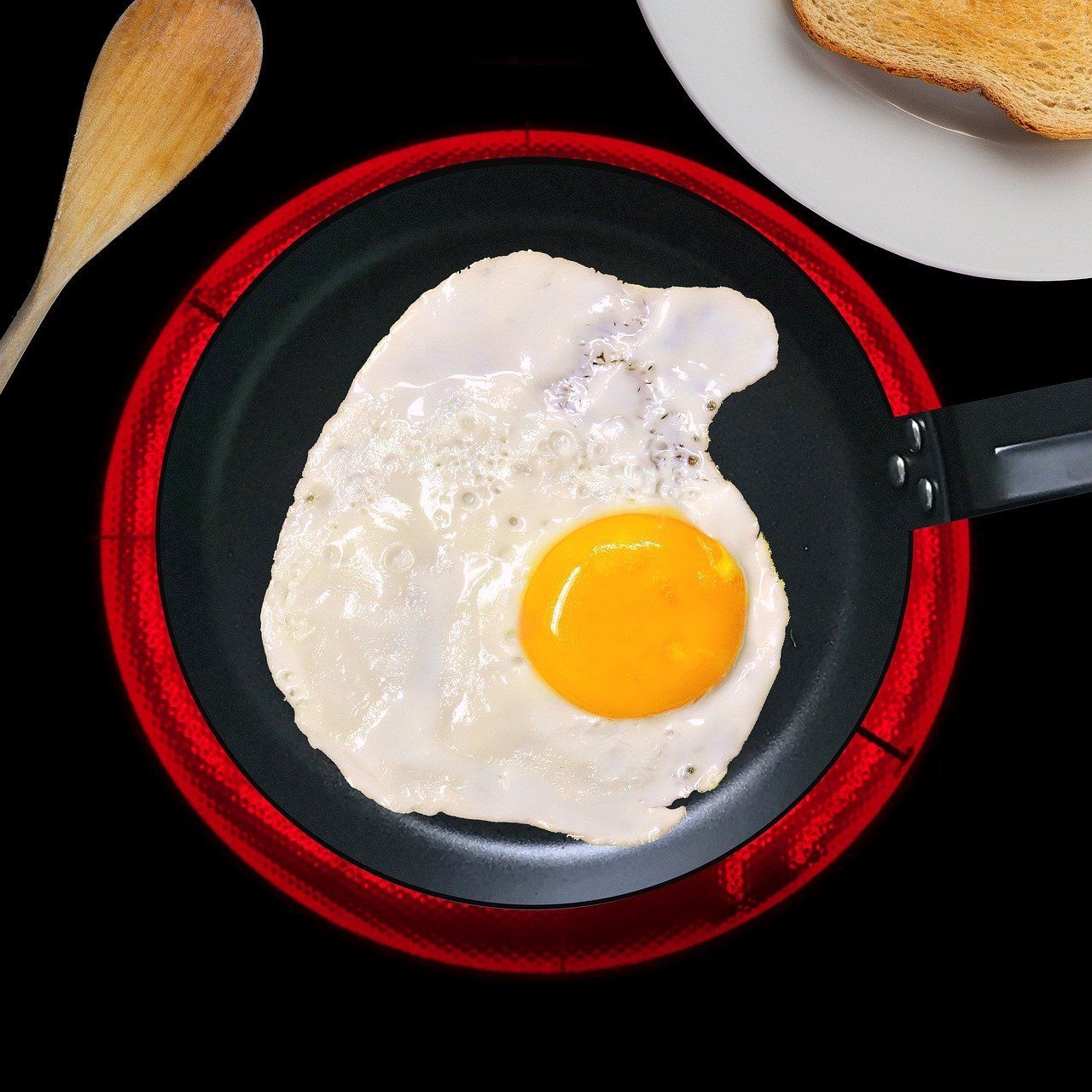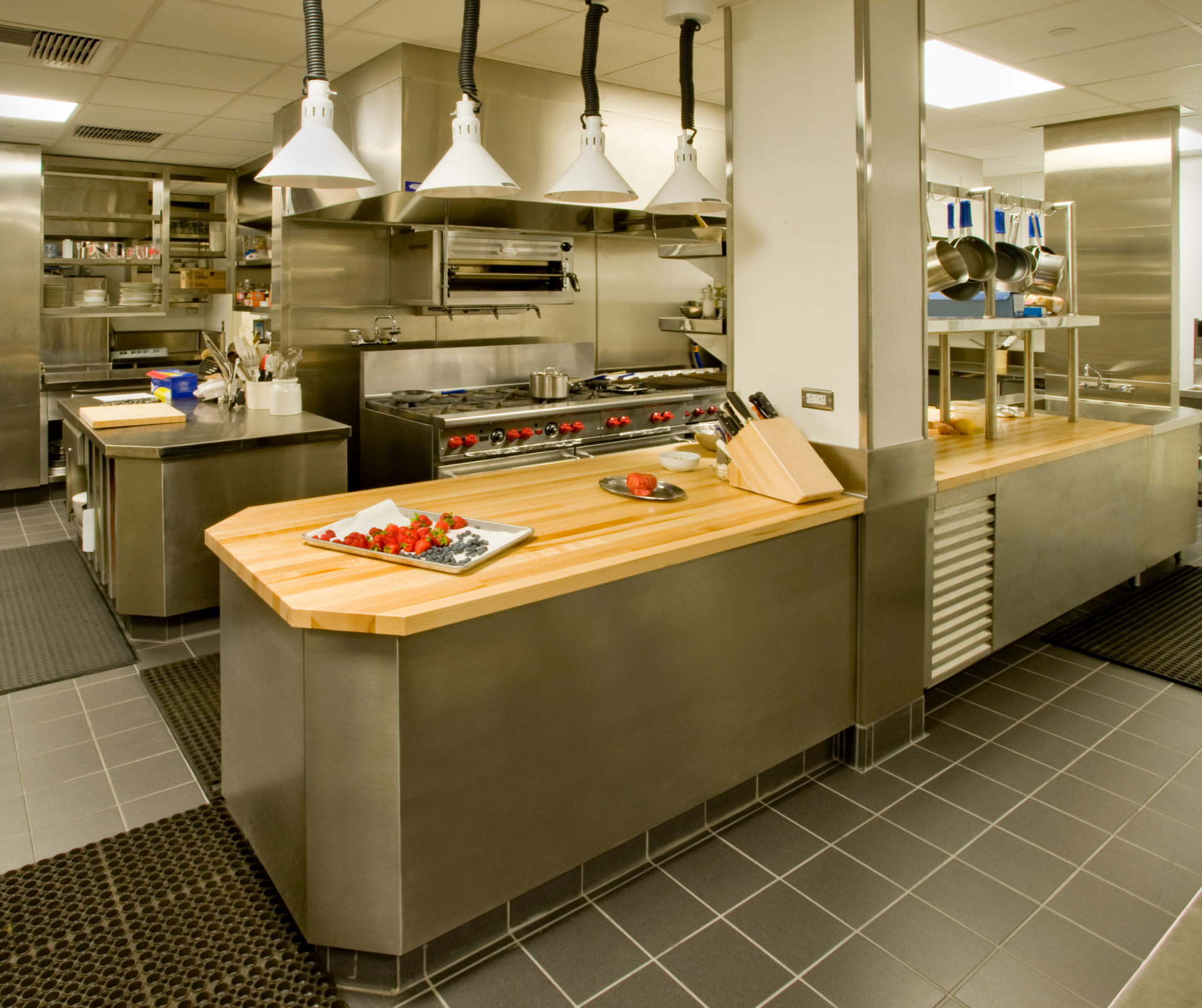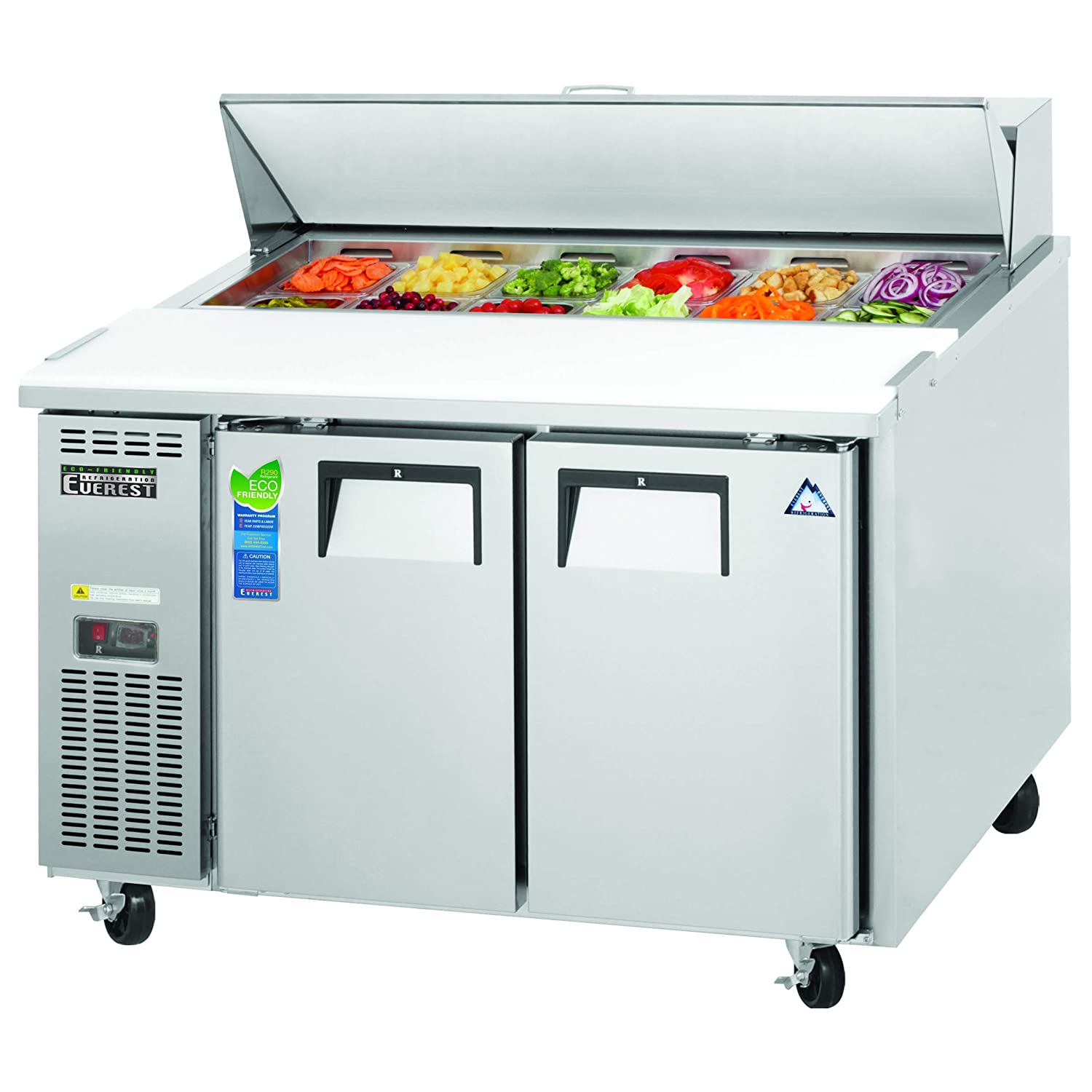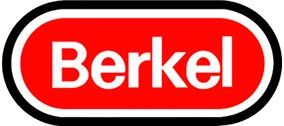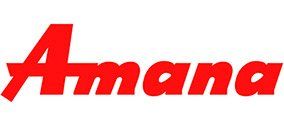Principles of Commercial Kitchen Design
A poorly designed restaurant kitchen can cause chaos and may even cause accidents. As a result, when starting a new restaurant or re-designing your existing business, you should think through your kitchen design carefully.
Considerations Before Designing a Commercial Kitchen
Before you start designing your restaurant's kitchen, you need to think about work flow and the essential pieces in your kitchen because different restaurant concepts will have different needs.
For example, a contemporary bistro will need different equipment and designs than a fast food establishment. As a result, before you start planning any kitchen layouts, you should consider all of the equipment your restaurant will need, all of the essential stations, and how food will flow through your kitchen.
Six Principles of Commercial Kitchen Design
Regardless of what type of foodservice establishment you have, there are several objectives for designing a kitchen properly. According to the Certified Food Service Professionals handbook, there are six guidelines you should follow when creating a commercial kitchen design.
1. Flexibility and Modularity
A commercial kitchen is a dynamic place, so its layout should be able to accommodate change. Maybe you redesigned the menu and added new dishes, or hired a new executive chef that operates differently than the last. Creating an adaptable work space might take the shape of multi-use workstations or movable equipment.
2. Simplicity
Kitchens are prone to clutter, and clutter leads to confusion and poor sanitation that negatively affect a foodservice operation. To maximize space and effectiveness, consider designing a kitchen with simplicity in mind. Locating server stations near the kitchen, for example, limits trips through the dining room, while modular or drop-in equipment eliminates some corners and edges and unnecessary shelving. Further, selecting the proper equipment with only necessary accessories will save you space and money.
3. Flow of Materials and Personnel
A kitchen is a busy place, but it doesn't have to be chaotic. A kitchen designed around the flow of materials and personnel will have a logical layout in which no employees or materials backtrack through the space. In other words, the kitchen will operate in some type of circular pattern.
The refrigerated and dry storage areas should be near the receiving area, for example, but the waste disposal and warewashing areas should be separate from the food preparation and meal cooking areas. Completed meals will exit the kitchen on one side and soiled dishes will enter the kitchen on the other. Adhering to this principle not only keeps the kitchen clean and food safe, but it also eliminates confusion and ensures a well-organized and orderly system.
4. Ease of Sanitation
Besides cooking, restaurant employees spend the most time cleaning the kitchen, so having a kitchen that's optimized for sanitation is a must. A great way to make your kitchen easier to clean is to install casters on your work tables and equipment, so you can move them when cleaning the floors and walls.
Most important, however, are food safety and sanitation codes that every foodservice establishment must uphold. There must be hand washing stations in every area where food is prepared, for example, but they must be cleaned regularly and not used for storage. The same can be said for waste disposal areas. Be sure to study the codes in your location to make sure your kitchen complies.
5. Ease of Supervision
The executive chef has a lot to handle when it comes to managing the kitchen. He or she finishes dishes, designs menus, orders supplies, monitors food quality, and ensures that equipment is working properly, in addition to supervising the kitchen staff. An open kitchen with few or no walls or partitions allows for increased vision, easier movement, and better communication, making it simpler for your executive chef or general manager to supervise.
6. Space Efficiency
Most restaurants have minimal room for their equipment, so you'll need to figure out how to get all of the necessary equipment in your limited kitchen space. When designing a small kitchen for food trucks or concession stands, countertop equipment and other small products are necessary.
For standard-sized kitchens that are short on space, though, consider which pieces of equipment are essential. For example, if you're only going to be frying foods a few times a day, a light-duty countertop fryer is better than a large floor model. Be careful not to take space-saving too far, because a kitchen that is lacking the necessary equipment will severely hinder your production.
Creating a well thought-out kitchen design before you start ordering equipment and working on a layout can help set your business up for success. An optimized restaurant kitchen design can help make your employees' jobs easier, help make your kitchen flow more efficient, and even prevent accidents.
